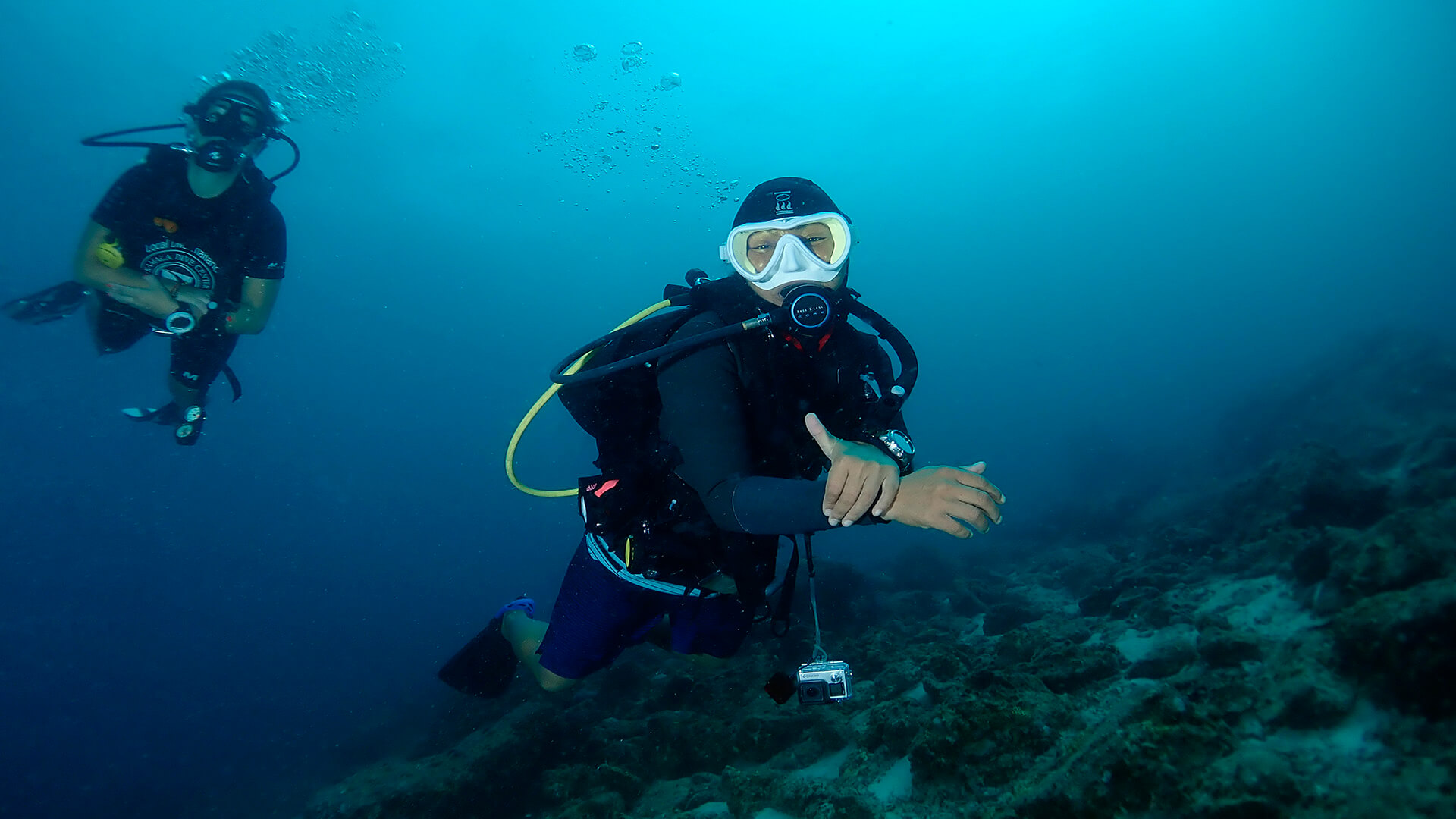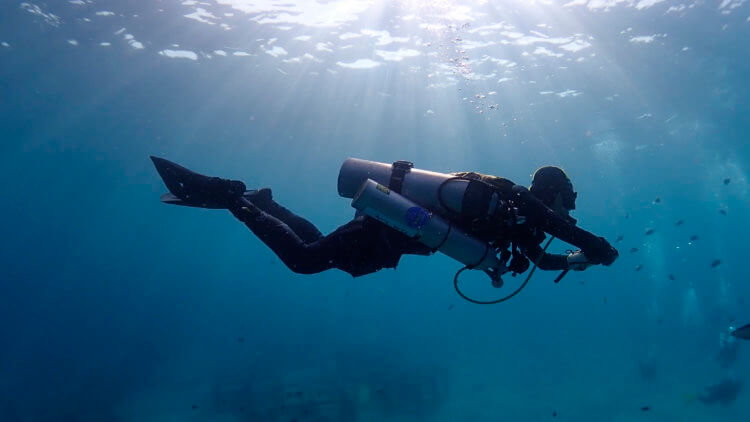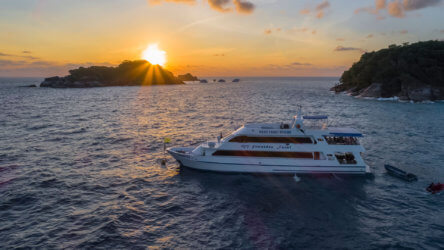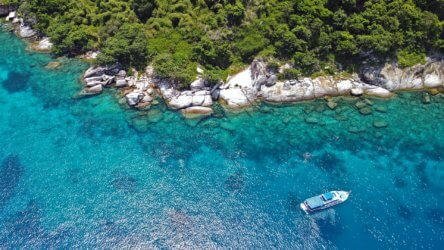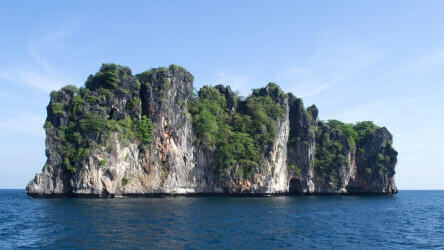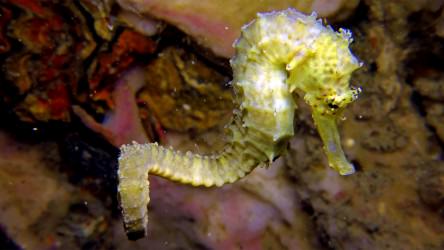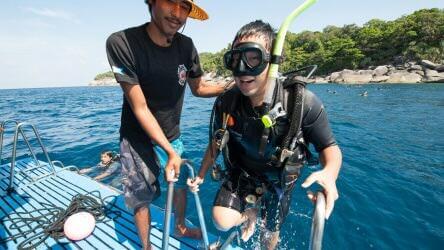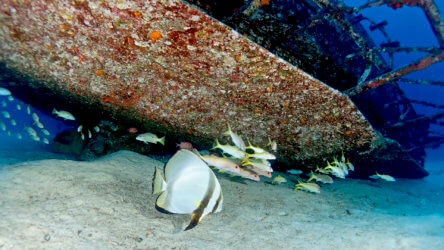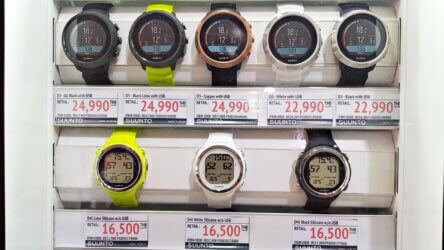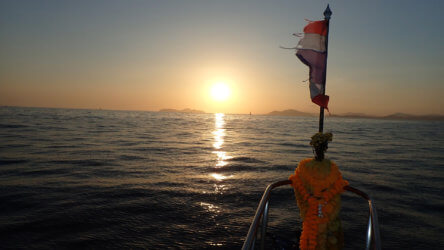Nailing Buoyancy Control Dramatically Increases your Enjoyment of Scuba Diving
Some divers get diving immediately but not all. Students who are strong swimmers and confident in water tend to find the course easy and a whole lot of fun. This gives the opportunity to experiment and really get hold of buoyancy during the PADI Open Water Course.
That’s not the case for all new divers. Although you’ve successfully completed all the skills, had immense fun and opened up a whole new world, you still may not have quite grasped perfect buoyancy control. You’re in the general ball park but you still need some work.
A few indicators that suggest you may need to work on buoyancy would be; quick descents, overuse of BCD, constantly kicking, using your hands and heavy air consumption. If you have any of these issues then please read on, there could be a simple fix.
Why Should I Care?
Safety is always paramount, enjoyment and protecting the environment are very close behind. All can be affected by being overweighted:
- Quick descents can cause equalising issues
- Being overweighted can accentuate emergency situations at the surface
- Constant kicking leads to heavy air consumption and possibly greater DSC risk
- Greater chance of damaging delicate marine life
Never be afraid to ask your guide, instructor or buddy for advice, our jobs are much easier if you have good buoyancy control so we’ll be more than happy to help.
Strange as it sounds, overweighting can lead to fast ascents. Excess air that you’ve put in your BCD will expand as you go shallower and so accelerating your ascent. What goes in must come out but that’s easy to forget. If you’re correctly weighted, you’ll barely need to put air into your BCD while diving which will almost completely nullify the chance of a fast ascent.
If you struggle to stay down on a safety stop, get your buddy to check your BCD for trapped air. Quite often the diver still has lots of air in the BCD and simply hasn’t vented correctly. So the next dive they’ll add a weight to compensate. We’ve seen this countless times, make sure you’re in the correct position to vent air from your BCD if you need to do so. The air will always go the highest point of the BCD so remember to be in a vertical position and extend the low pressure inflator hose before venting. If you’re in a head down, feet up position then use the rear dump valve.
Check Yourself
You should be diving in a horizontal position, when you stop to look at something you shouldn’t sink or float but remain neutral. So every few minutes completely stop, you should be able to remain in position without using fins or hands, just breathing control.
Relax And Don’t Be Afraid To Say Stop!
Good practice for buoyancy control starts before the dive. Make sure you kit up well beforehand, give yourself a chance to complete an unhurried buddy check and make sure you understand the dive briefing. Rushing around or being confused before the dive can raise your heart rate and therefore breathing making a descent a lot harder than it should be. If you feel you’re breathing getting deeper, ask your guide/instructor to stop or slow down.
If you have a long swim to the decent point then again stop and relax, get your breathing under control before you descend. Many new divers carry too much weight simply because of heavy breathing on the surface. Being overweighted makes buoyancy control extremely difficult for new divers but is a very common issue.
Keep It Simple
You will see divers who have a ridiculous amount of accessories, most of which they have no idea what to do with. Avoid the Christmas tree look for a while and keep it simple. Slowly build up your extras and make sure they’re actually useful.
Avoid using cameras until you’re really competent. We go into that in more detail in our photography tips section which you read here – getting started with photography
Buoyancy Check & Log It
You should have been shown and asked to carry out buoyancy checks at the surface during your PADI Open Water Course. If you can’t remember how to do it then ask your guide or instructor to refresh you. You should run through this procedure any time you change equipment or if you haven’t dived for a long time and then make sure you log it.
You’ll then very quickly build up a reference for how many weights you need in various diving situations and be able to quickly and confidently set yourself up for a dive which can help alleviate some unnecessary anxiety and relax you a little quicker.
Do Your Research And Don’t Be Afraid To Ask
There will be dive sites that require a quick decent or even a negative entry. If you feel you need time on the surface then avoid this type of dive for a while. Ask your dive centre or dive master well in advance about the different dive sites and plan your trip accordingly.
Be Patient And Stick With It
It may take you 10 or 20 dives before you really master buoyancy, don’t worry you won’t be alone. Be patient, when you finally nail buoyancy you really get to enjoy diving and concentrate on taking in the wonderful world under the waves rather than being worried about were you are in the water. The more relaxed you are the less air you’ll use so the more time you’ll get. Taking the PADI Peak Performance Buoyancy Specialty will be a great help to quickly get you on track.
Of our day trip tours, Racha Noi/Yai and Phi Phi/Shark Point will not require a fast descent in normal conditions. Things can get a little hurried and hectic on the King Cruiser dive.
Get in touch with our experienced staff to talk about any issues you have. Let us solve them and ultimately make diving the wonderful activity that is is.
Solve Your Buoyancy Issues With Local Dive Thailand
Posted in Scuba Diving For Beginners on .
